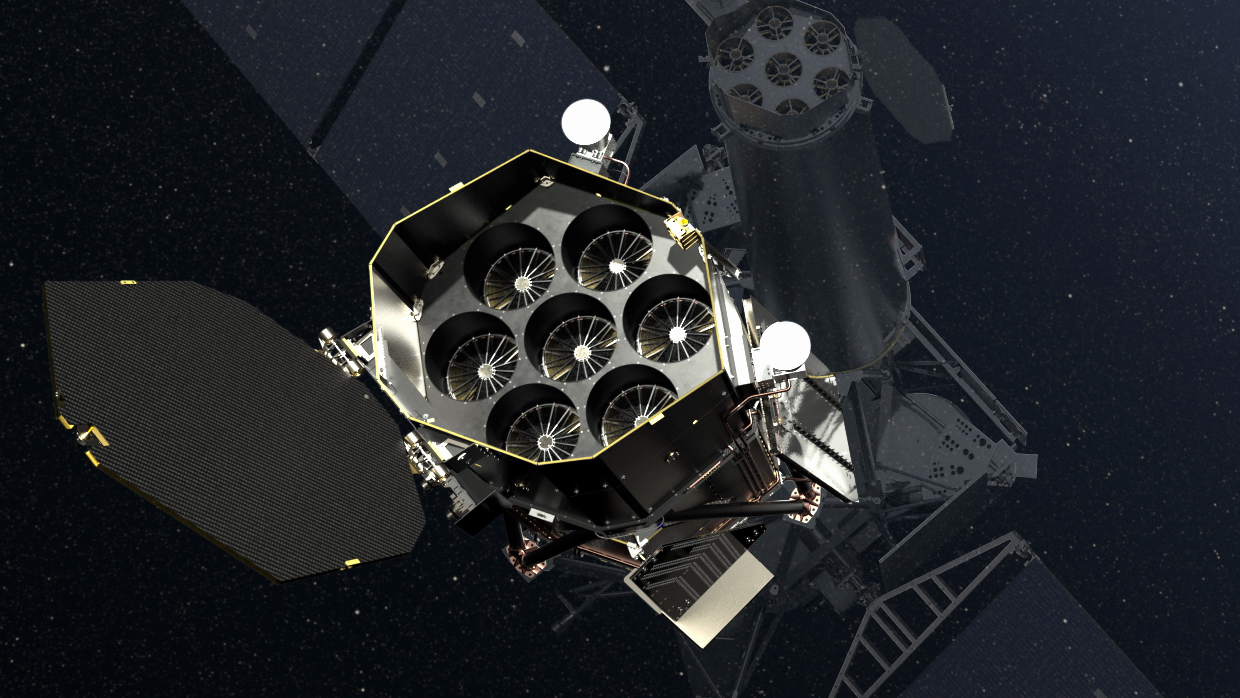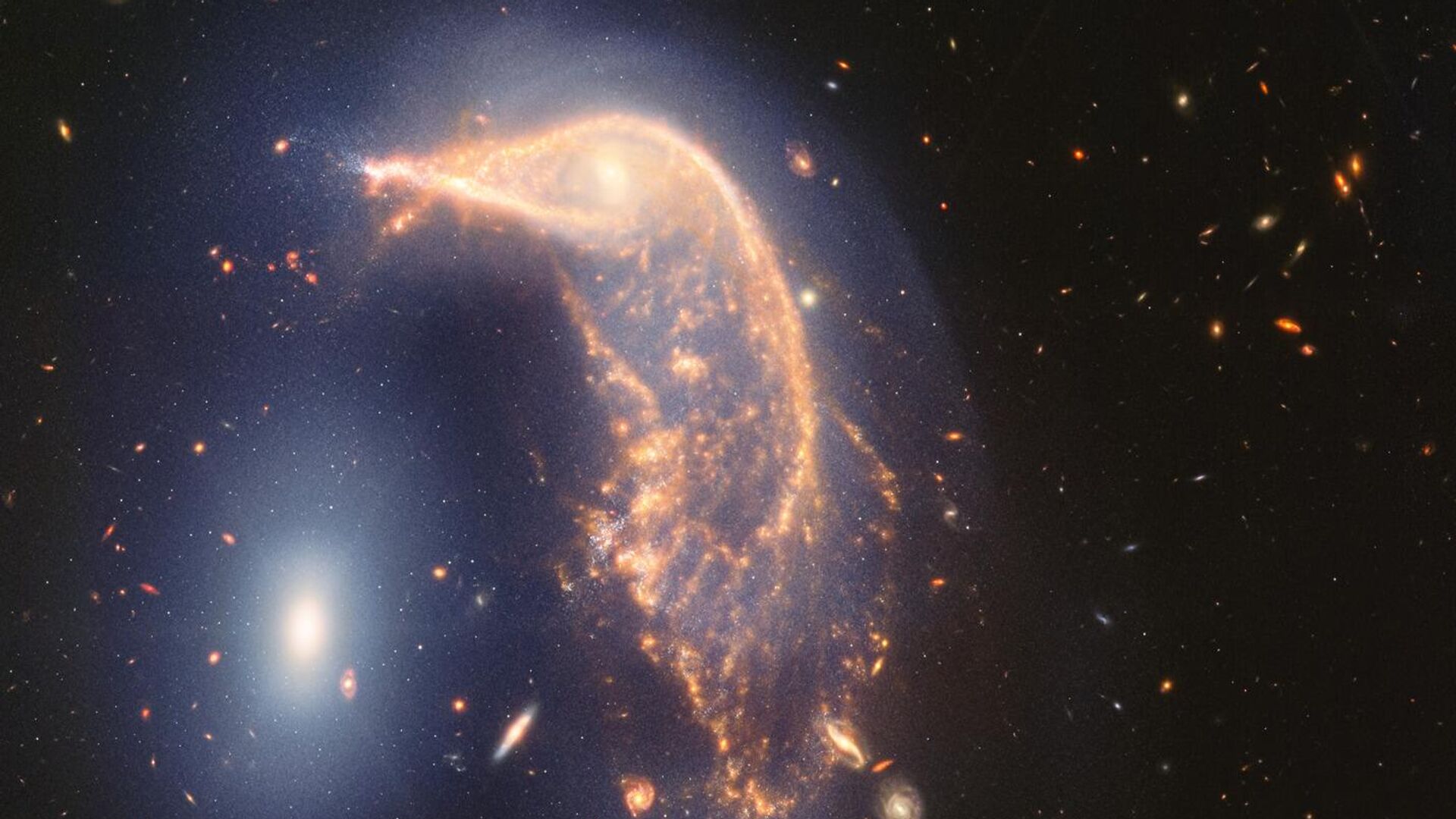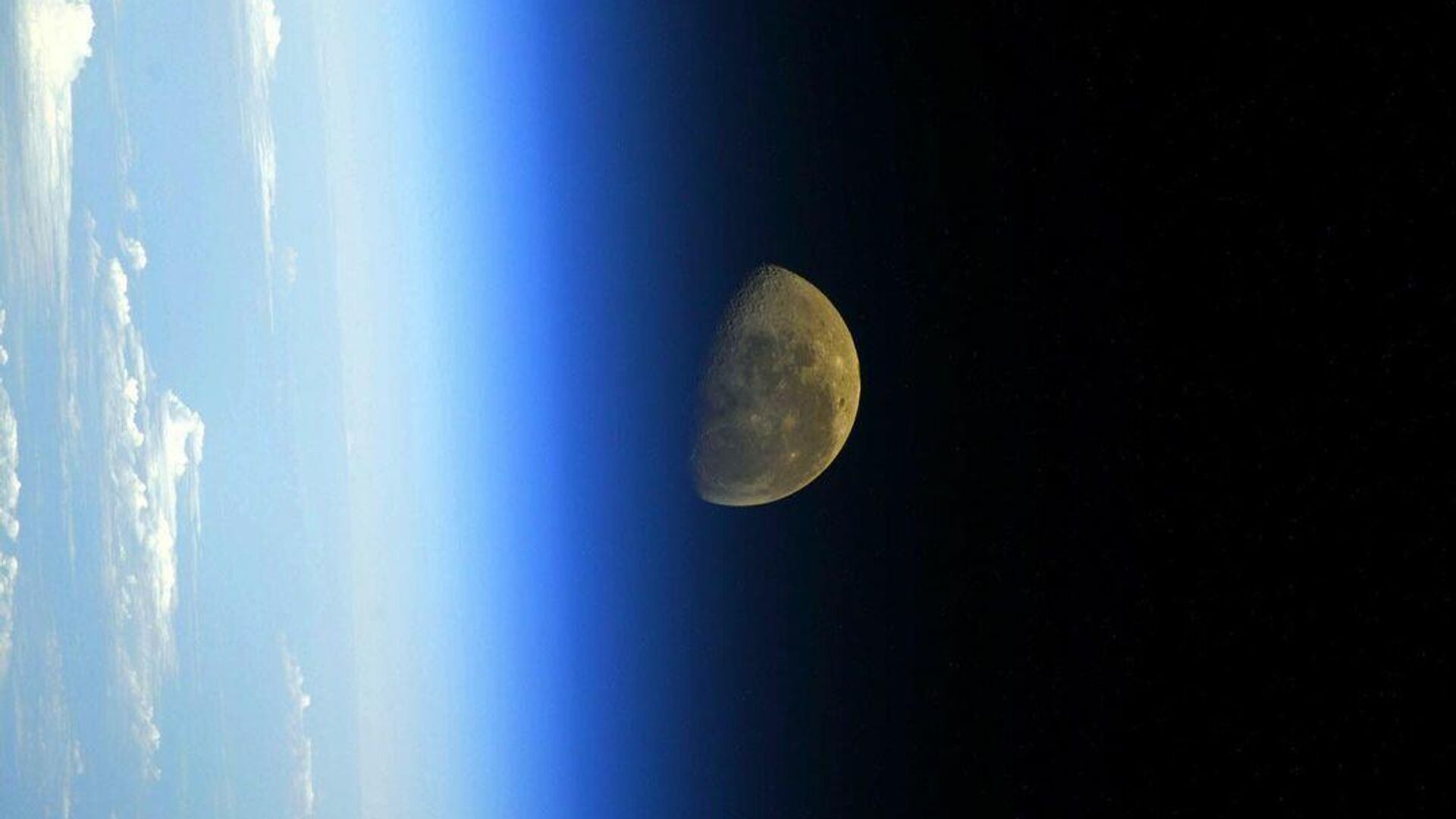
MOSCOW, July 26 The results of the work of the Russian astrophysical observatory Spektr-RG are already helping scientists understand the structure of the Universe, said President of the Russian Academy of Sciences (RAS) Gennady Krasnikov.
«
«The issue is related to the microworld, the quantum world. Large-scale research is being conducted, we have a synchrotron research program, hadron colliders are being built… so that we can understand our universe more deeply. Sputnik-RG and a number of planned further satellites that are being discussed should make their contribution to solving such fundamental problems,» he said at the Space Research Institute of the Russian Academy of Sciences at a gala event dedicated to the fifth anniversary of the launch of the Spektr-RG observatory.
«What has already been done by the satellite, the research that has been done, they have given us a new understanding of many problems, and I hope that there will be further discoveries,» Krasnikov concluded. 
The Spektr-RG astrophysical observatory was launched on a Proton-M rocket on July 13, 2019 from the Baikonur Cosmodrome. The device entered its nominal operating orbit around the Lagrange point L2 (one and a half million kilometers from Earth) on October 21, 2019, but it began observing the starry sky while still in flight. The space observatory has two mirror telescopes — the Pavlinsky ART-XC, developed by the Institute of Space Research of the Russian Academy of Sciences, and the German eROSITA, which was put into sleep mode in February 2022.
Spektra-RG's tasks include observing the entire sky in the X-ray range with record sensitivity, searching for hundreds of thousands of massive galaxy clusters and several million supermassive black holes, registering coronally active stars, research Supernova remnants, galaxy clusters, search for tidal disruptions of stars, study of the shape of the spectrum of active galactic nuclei.

























































Свежие комментарии